Small Part Injection Molding
Precision Injection Molding
High-quality end product
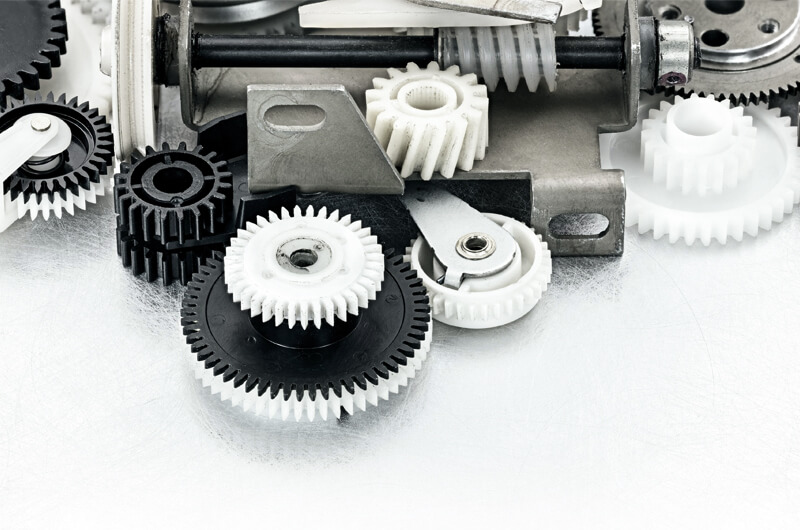
In the world of manufacturing, the production of precision parts can often be the most challenging and technically demanding. Among the various methods used in precision injection molding manufacturing, small part injection molding stands out as a highly efficient and reliable technique. This method has become the cornerstone of many industries, including automotive, medical, electronics, and more.
Small part injection molding involves the manufacture of plastic parts that roughly match the size of a fingernail to that of a hand. This process utilizes plastic resin in pellet form that is heated and sheared until it transforms into a viscous state. The resulting material is then injected into a steel or aluminum mold under high pressure, cooled, and finally ejected. This process allows for the creation of small, intricate shapes in a cost-effective and repeatable manner.
As a leading small plastic parts manufacturer, we specialize in working with engineering-grade plastics to produce custom-molded plastic parts that meet specific requirements such as chemical resistance, flexural strength, durometer, and yield strength. With a wide range of material options available, our team can help you make the right choice for your program.
Our mechanical engineers are well-equipped to design cost-effective, high-quality solutions to meet your plastic part needs. Our production team comprises highly motivated individuals with extensive experience in plastics manufacturing and a strong attention to detail. We take pride in our work environment that fosters professional growth and low turnover.
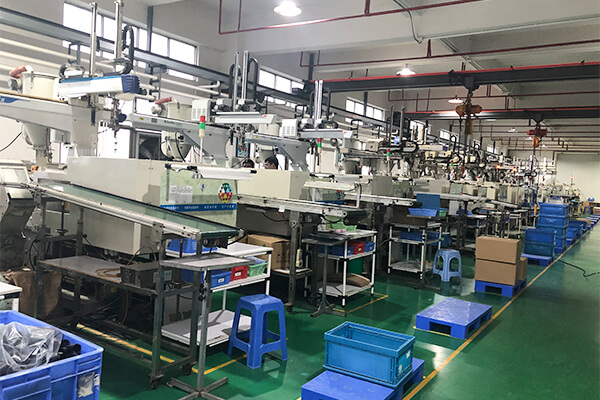
What is Small Part Injection Molding?
Small part injection molding is a process that involves injecting molten plastic into a mold to create small, intricate parts. The technique is particularly suited to mass producing high-precision components with complex geometries and tight tolerances.
The process begins with the creation of a mold – a hollow metal block – that is precisely machined into the desired shape of the component. The plastic material is then heated until it becomes molten. This molten plastic is injected into the mold under high pressure, filling the cavity and taking on the shape of the part.
Once the plastic cools and solidifies, the part is ejected from the mold, ready for any necessary post-processing. Through this process, manufacturers can produce thousands or even millions of identical parts with remarkable precision and consistency.
Advantages of Small Part Injection Molding
There are several reasons why small part injection molding is a favored method for precision manufacturing:
- Efficiency and Scalability: Small part injection molding is highly efficient, especially for high-volume production runs. The process is mostly automated, which minimizes labor costs and maximizes production speeds.
- Precision and Consistency: The technique allows for the production of parts with complex geometries and tight tolerances. It ensures highly consistent replication of parts, making it ideal for industries where precision is paramount.
- Material Versatility: The process can accommodate a wide range of thermoplastic materials, including ABS, polycarbonate, polypropylene, and more, allowing for flexibility in part design and application.
- Cost-Effective: Although the initial cost of creating the mold can be high, the per-part cost decreases significantly with volume, making injection molding cost-effective for large production runs.
Applications and Industries
Small part injection molding has a wide range of applications across multiple industries:
- Medical Industry: The technique is widely used to produce intricate, high-precision components for medical devices like insulin pens, surgical instruments, and implantable devices.
- Electronics: Small part injection molding is used to create components for various electronic devices, such as connectors, switches, and housings.
- Automotive: In the automotive industry, the technique is used to produce a variety of parts, including buttons, knobs, and other small components.
- Aerospace: The process is used to create lightweight, durable components for aircraft and spacecraft.In conclusion, small part injection molding is a crucial tool in the manufacturing world, enabling the production of intricate, high-precision components on a large scale. Its efficiency, precision, and versatility make it an ideal choice for a wide range of industries.
The difference between ordinary injection molding and small part injection molding.
The main difference between ordinary injection molding and small part injection molding is the size and complexity of the parts being produced. Ordinary injection molding is typically used for larger parts, while small part injection molding is used to produce smaller, more intricate parts. Small part injection molding requires specialized equipment and molds designed for high precision and accuracy, while ordinary injection molding is a more general process that can be used for a wider range of part sizes and complexities.
Let’s Start A New Project Today
Get a free quote and design analysis today.
We’ll reply to you within 6 working hours.
We respect your privacy.
+86 139 2927 4777 (WhatsApp, Wechat)
Related Precision Parts Injection Molding Resources
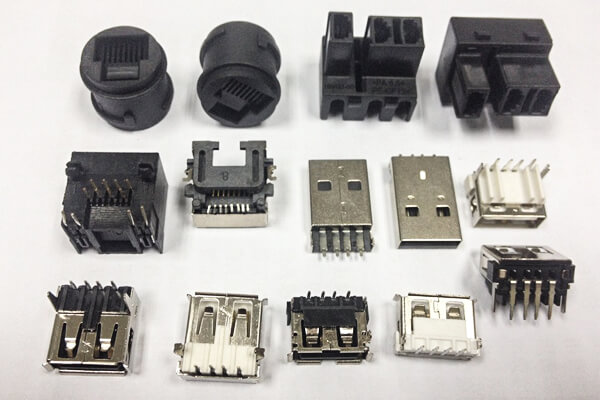
Precision Injection Molding: Make Parts with Tight Tolerance
[pac_divi_table_of_contents...
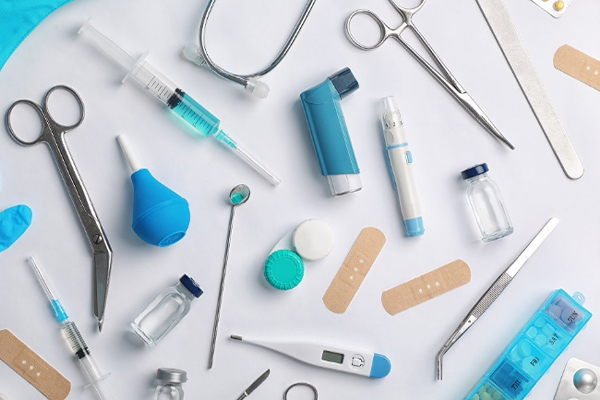
Medical Injection Molding: Medical and Pharmaceutical Industry
[pac_divi_table_of_contents...
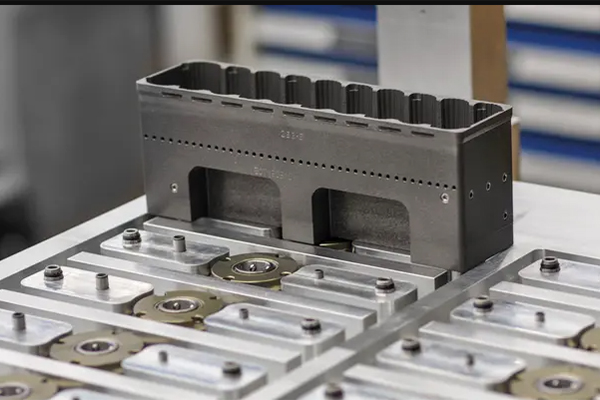
Guide of Thermoforming Tooling
[pac_divi_table_of_contents...
